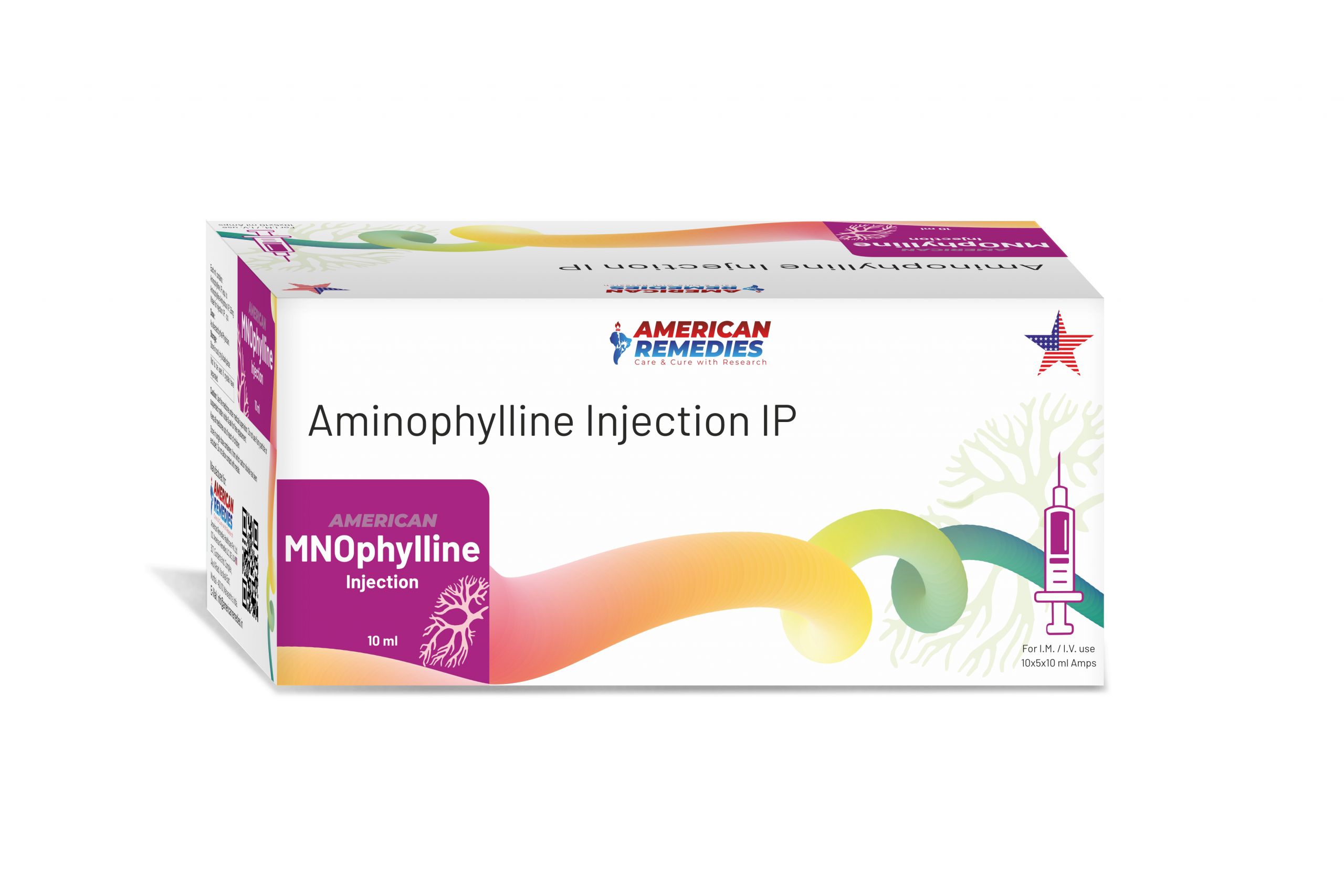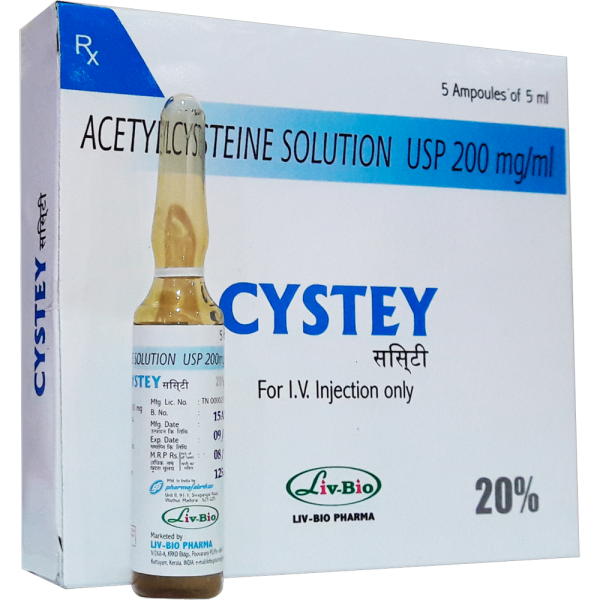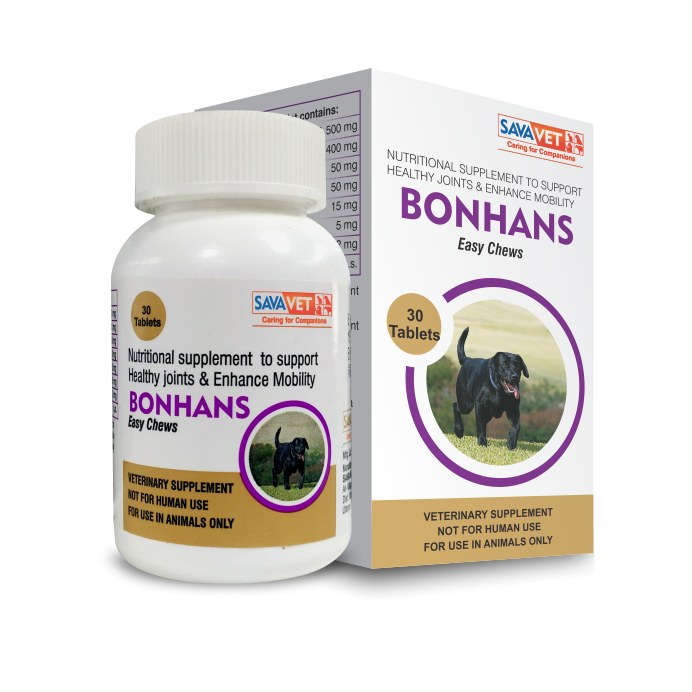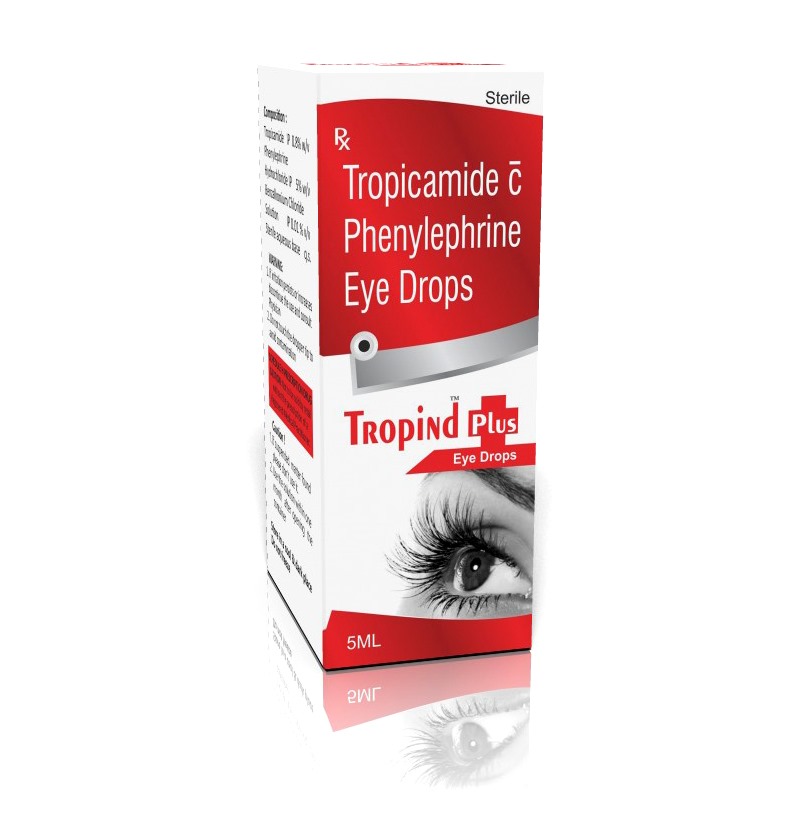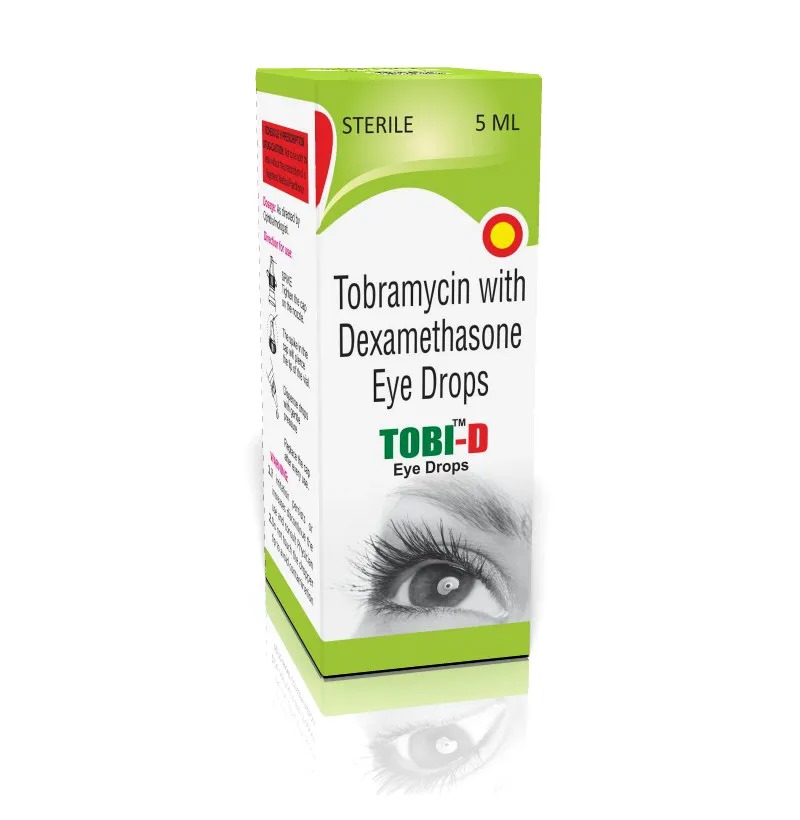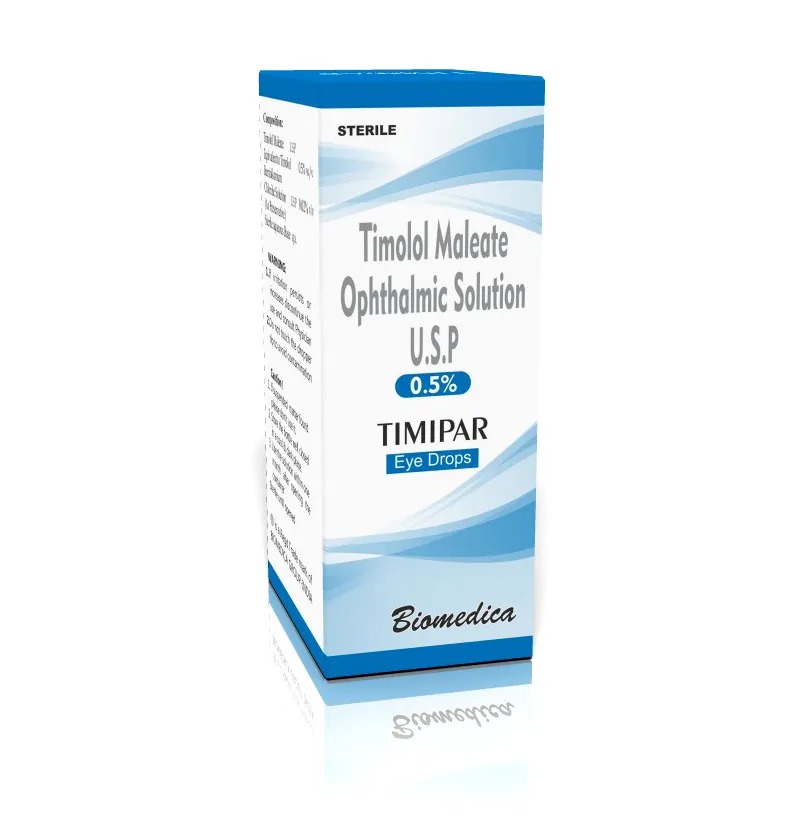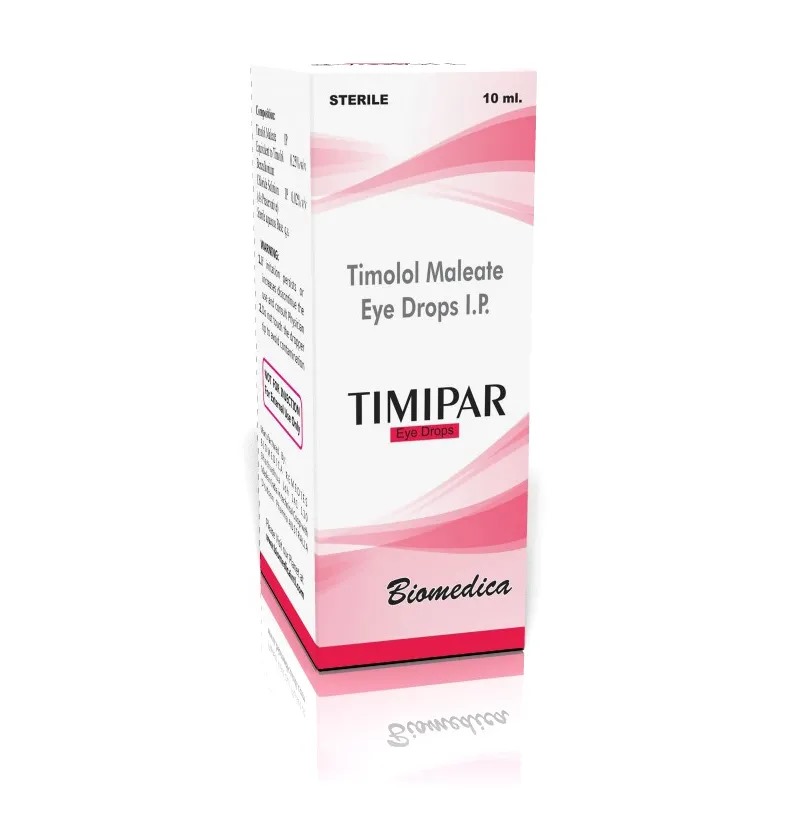MNOphyllin Injection is a brand of Aminophylline Injection, manufactured by American Remedies. Aminophylline is a bronchodilator that works by relaxing the muscles of the air passages in the lungs, making it easier to breathe. ________________________________________ ✅ Primary Uses MNOphyllin Injection is primarily used for: • Asthma: A chronic condition where the airways become inflamed and narrow, leading to difficulty in breathing. • Chronic Obstructive Pulmonary Disease (COPD): A group of lung diseases that block airflow and make breathing difficult. • Bronchospasm: A condition where the muscles around the airways tighten, leading to wheezing and shortness of breath. It is administered intravenously in a hospital setting under medical supervision. ________________________________________ ⚙️ Mechanism of Action Aminophylline works by: • Relaxing the bronchial muscles: This leads to the widening of the air passages, making it easier to breathe. • Increasing the strength of the diaphragm: This enhances the ability to breathe effectively. • Reducing airway responsiveness to irritants: This helps in decreasing inflammation and bronchoconstriction. ________________________________________ ⚠️ Precautions and Side Effects Precautions: • Medical History: Inform your doctor if you have a history of heart disease, liver or kidney disorders, or seizures. • Pregnancy and Breastfeeding: Consult your doctor before use if pregnant or breastfeeding. • Drug Interactions: Certain medications can interact with Aminophylline, so it's essential to inform your healthcare provider about all medicines you are taking. Common Side Effects: • Nausea • Vomiting • Headache • Restlessness • Dizziness Serious Side Effects: • Irregular heartbeats • Seizures • Severe allergic reactions If you experience any of these serious side effects, seek immediate medical attention.
Send Message